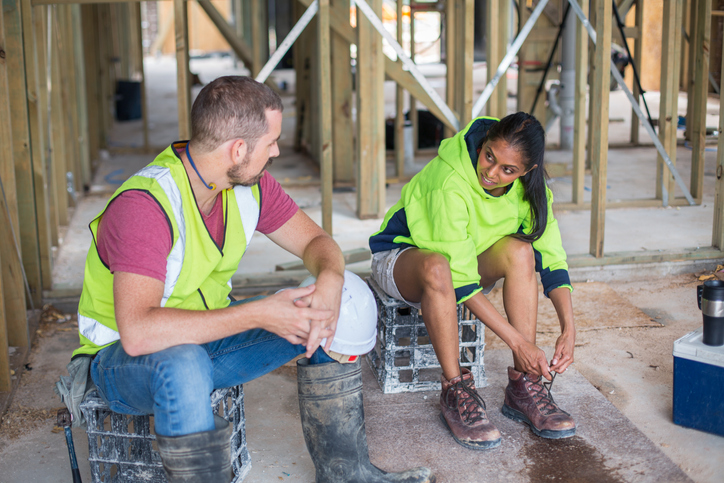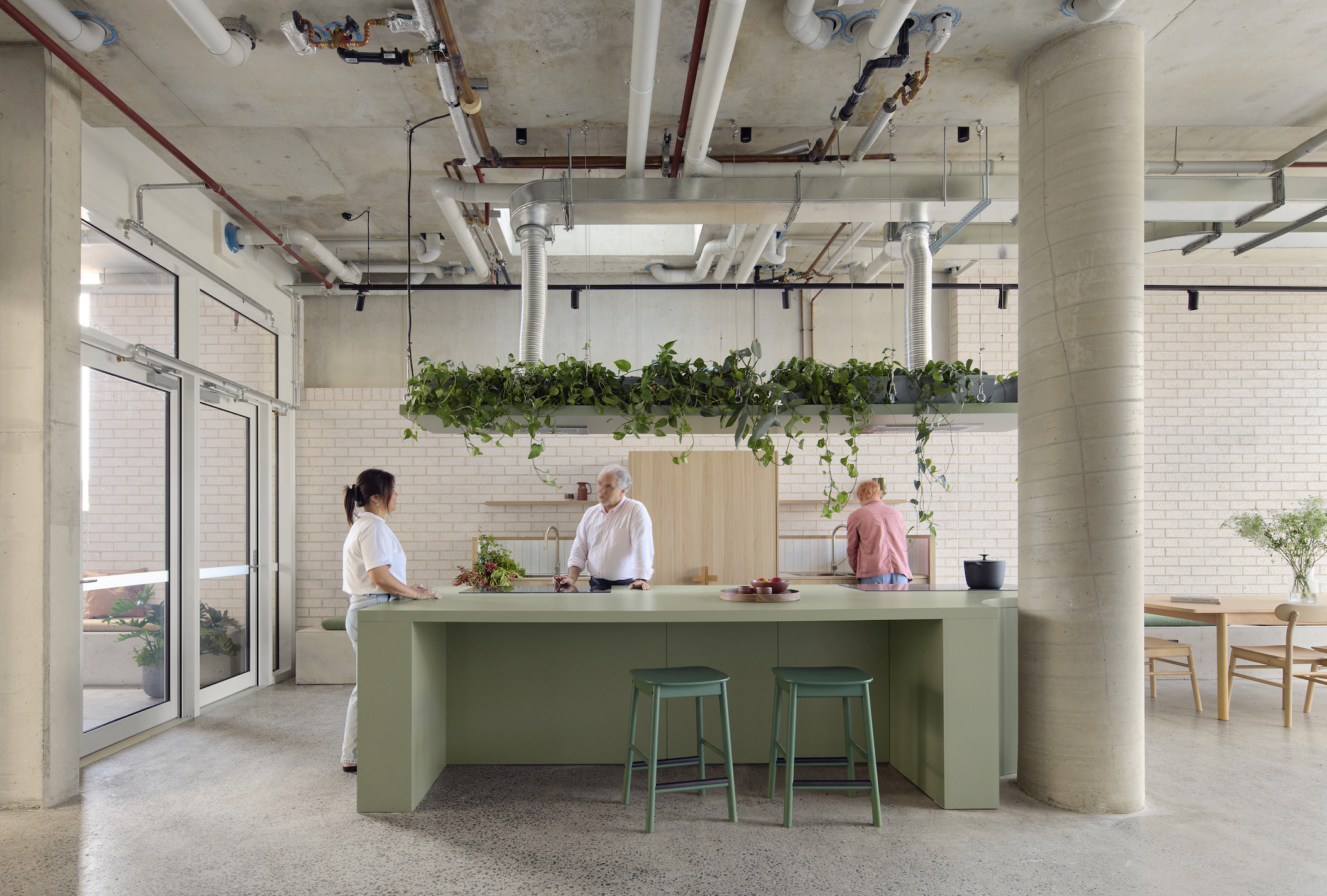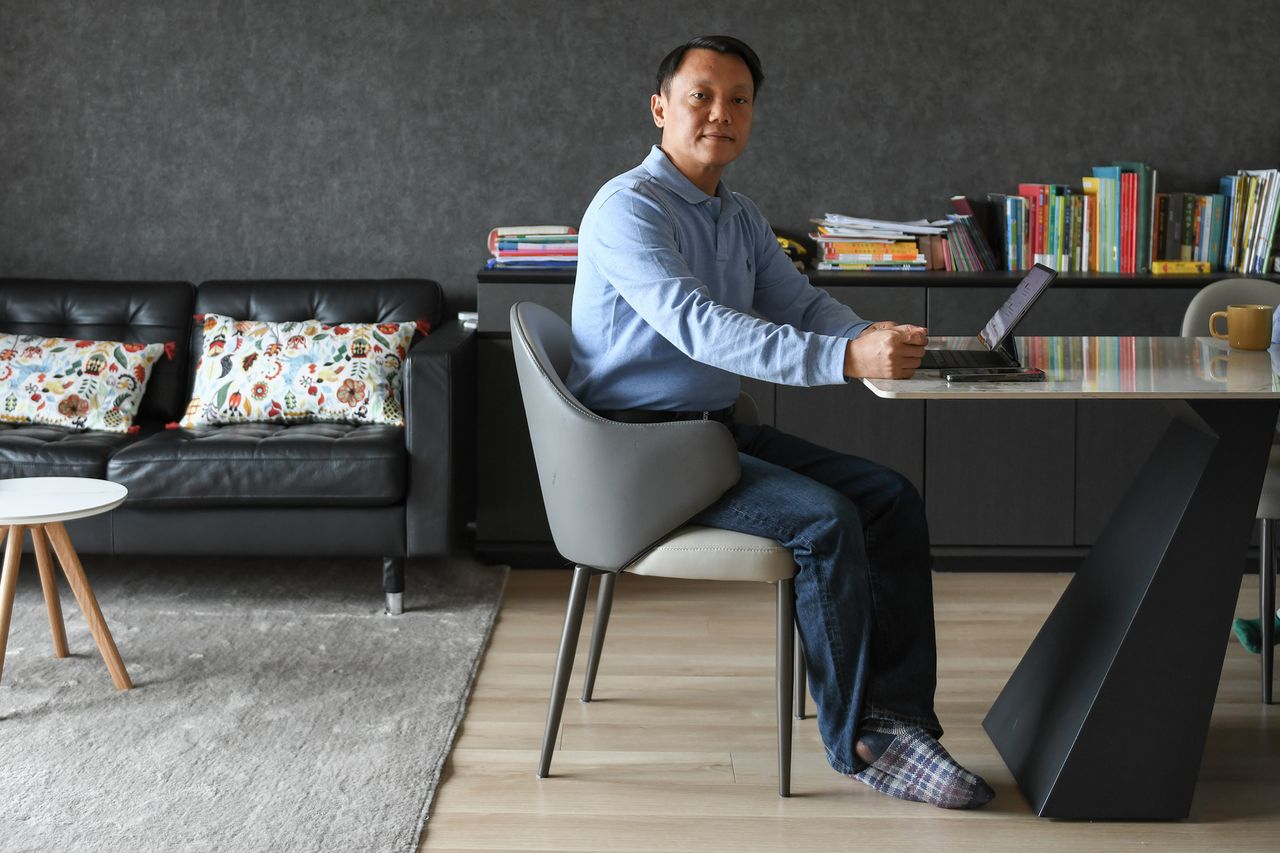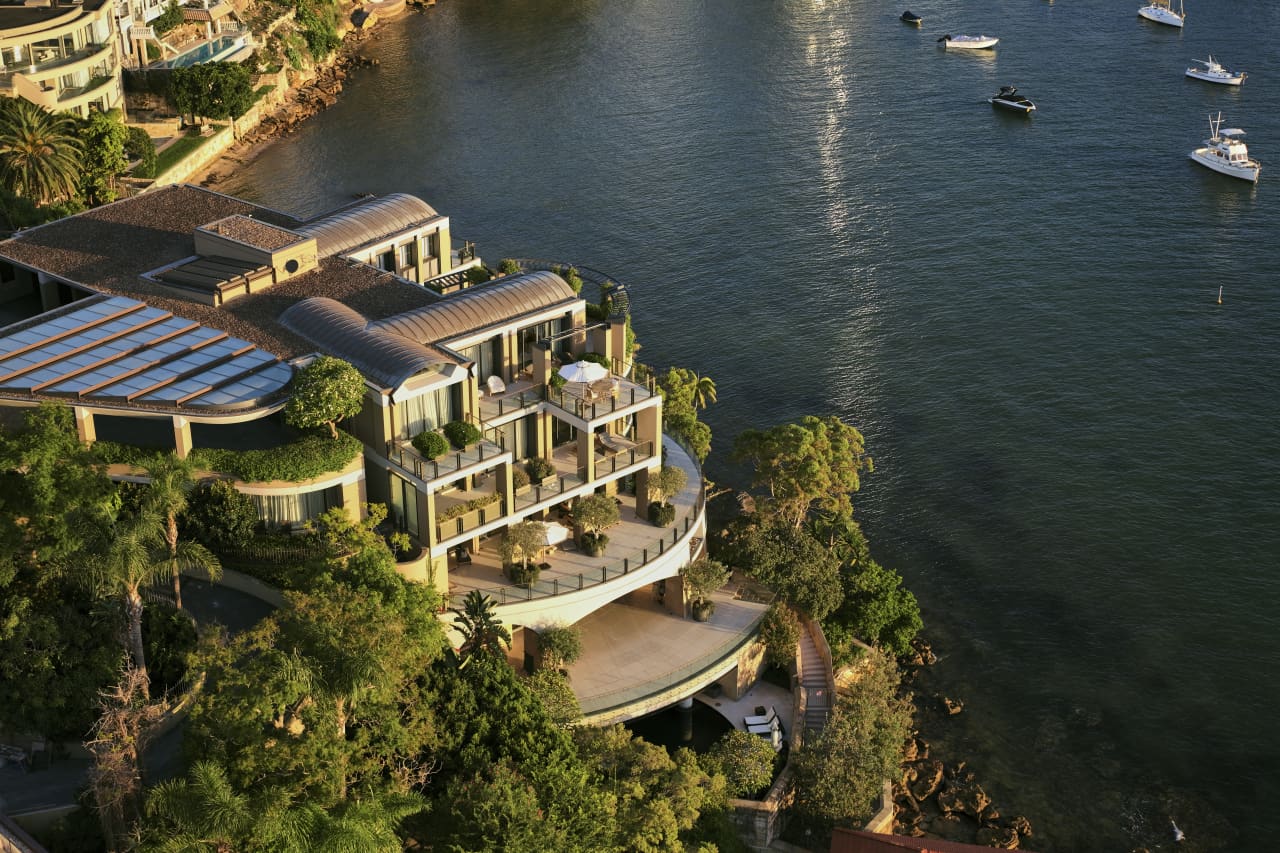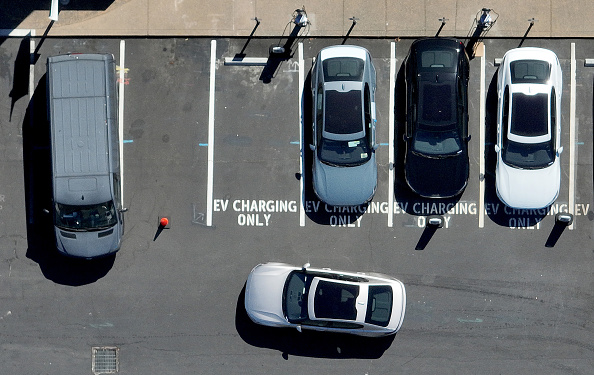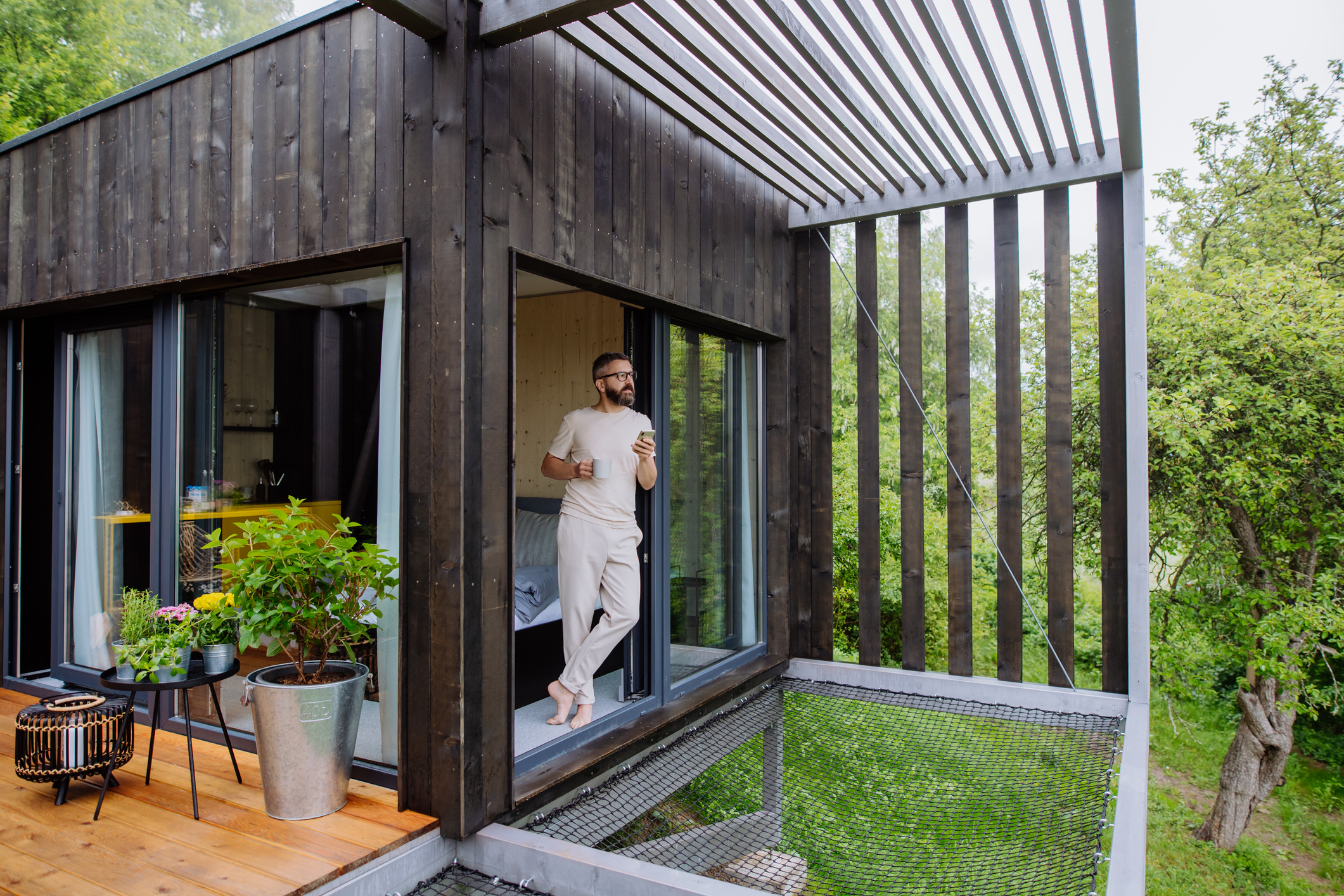Builders blueprint calls for end to bias in construction industry to meet demand
The Australian construction sector has to become more flexible and open to change to address ‘critical shortages’ in workers, industry body says
Australia will need almost half a million people to enter the construction industry in the next three years to meet demand, Master Builders Australia said.
The MBA just released its plan to draw more people to the sector, Future-proofing Construction: A Workforce Blueprint, to address ‘critical shortages’ with the potential to hinder economic recovery and productivity growth.
MBA CEO Denita Wawn said the blueprint outlines pathways to retaining existing workers and removing biases that deter young people from entering the industry.
“To address the bias pushing young people toward university at the expense of VET. Critically, this includes improving the quality of careers education in secondary and senior secondary schools,” she said.
“The construction industry attracts more male than female workers. Improving the attractiveness of the industry to women presents a massive opportunity to increase the pool of potential workers.
“Governments are urged to tackle these issues as a key aspect of the inflationary challenge facing our industry.”
Master Builders Australia estimates that 486,000 workers will be needed to enter the industry by the end of 2026 to allow for those leaving the building sector and future growth projections.
Ms Wawn said it was critical that the industry provide more flexible pathways for workers to reflect the changing nature of work and meet future demand in construction.
“Construction is the backbone of the Australian economy, employing approximately 1.3 million people, providing infrastructure, commercial and community buildings, and homes for the growing population,” Denita Wawn. “With Australia’s population projected to grow by over 50 per cent between 2022 and 2060, reaching nearly 40 million people, the industry will require a significant workforce to undertake the necessary building and construction work.”
This stylish family home combines a classic palette and finishes with a flexible floorplan
Just 55 minutes from Sydney, make this your creative getaway located in the majestic Hawkesbury region.
Savvy high net worth players from Australia and Asia are getting on board as the residential landscape shifts
Build-to-rent (BTR) residential property has emerged as one of the key sectors of interest among institutional and private high-net-worth investors across the Asia-Pacific region, according to a new report from CBRE. In a survey of 500 investors, BTR recorded the strongest uptick in interest, particularly among investors targeting value-added strategies to achieve double-digit returns.
CBRE said the residential investment sector is set to attract more capital this year, with investors in Japan, Australia and mainland China the primary markets of focus for BTR development. BTR is different from regular apartment developments because the developer or investor–owner retains the entire building for long-term rental income. Knight Frank forecasts that by 2030, about 55,000 dedicated BTR apartments will have been completed in Australia.
Knight Frank says BTR is a proven model in overseas markets and Australia is now following suit.
“Investors are gravitating toward the residential sector because of the perception that it offers the ability to adjust rental income streams more quickly than other sectors in response to high inflation,” Knight Frank explained in a BTR report published in September 2023.
The report shows Melbourne has the most BTR apartments under construction, followed by Sydney. Most of them are one and two-bedroom apartments. The BTR sector is also growing in Canberra and Perth where land costs less and apartment rental yields are among the highest in the country at 5.1 percent and 6.1 percent, respectively, according to the latest CoreLogic data.
In BTR developments, there is typically a strong lifestyle emphasis to encourage renters to stay as long as possible. Developments often have proactive maintenance programs, concierges, add-on cleaning services for tenants, and amenities such as a gym, pool, yoga room, cinema, communal working spaces and outdoor barbecue and dining areas.
Some blocks allow tenants to switch apartments as their space needs change, many are pet-friendly and some even run social events for residents. However, such amenities and services can result in BTR properties being expensive to rent. Some developers and investors have been given subsidies to reserve a portion of BTR apartments as ‘affordable homes’ for local essential services workers.
Ray White chief economist Nerida Conisbee says Australian BTR is a long way behind the United States, where five percent of the country’s rental supply is owned by large companies. She says BTR is Australia’s “best bet” to raise rental supply amid today’s chronic shortage that has seen vacancy rates drop below 1% nationwide and rents skyrocket 40% over the past four years.

Ms Conisbee says 84 percent of Australian rental homes are owned by private landlords, typically mum and dad investors, and nine percent are owned by governments. “With Australia currently in the midst of a rental crisis, the question of who provides rental properties needs to be considered,” Ms Conisbee said. “We have relied heavily on private landlords for almost all our rental properties but we may not be able to so readily in the future.” She points out that large companies can access and manage debt more easily than private landlords when interest rates are high.
The CBRE report shows that Asia-Pacific investors are also interested in other types of residential properties. These include student accommodation, particularly in high migration markets like Australia, and retirement communities in markets with ageing populations, such as Japan and Korea. Most Asia Pacific investors said they intended to increase or keep their real estate allocations the same this year, with more than 50 percent of Australian respondents intending to invest more.
Just 55 minutes from Sydney, make this your creative getaway located in the majestic Hawkesbury region.
This stylish family home combines a classic palette and finishes with a flexible floorplan









